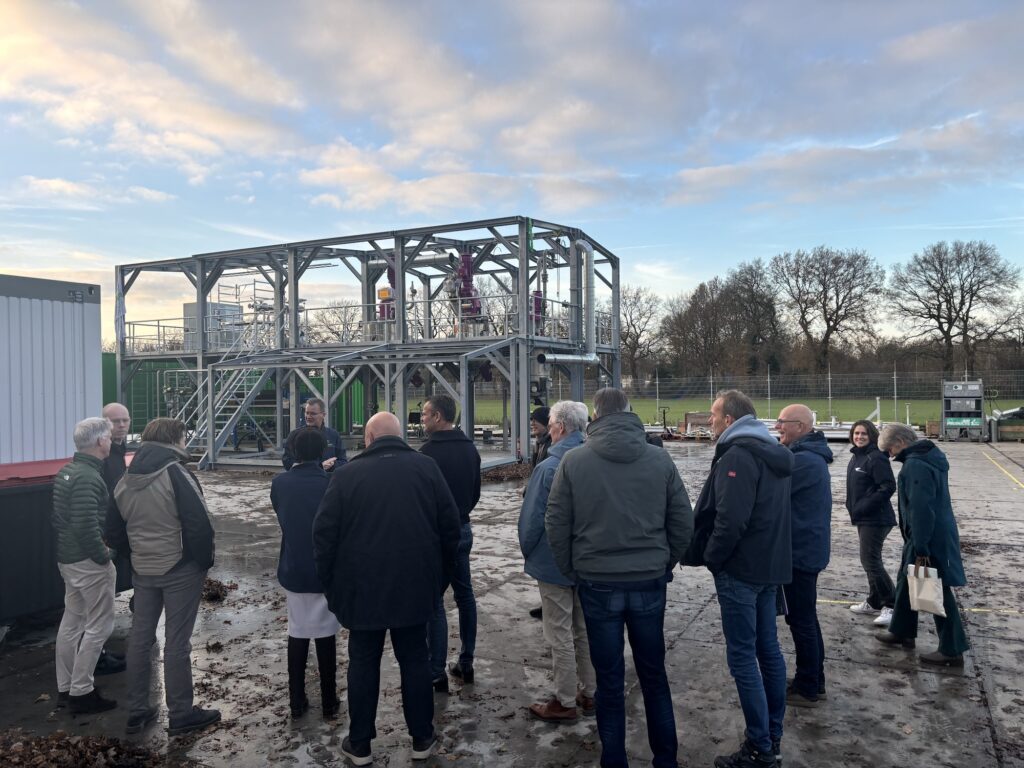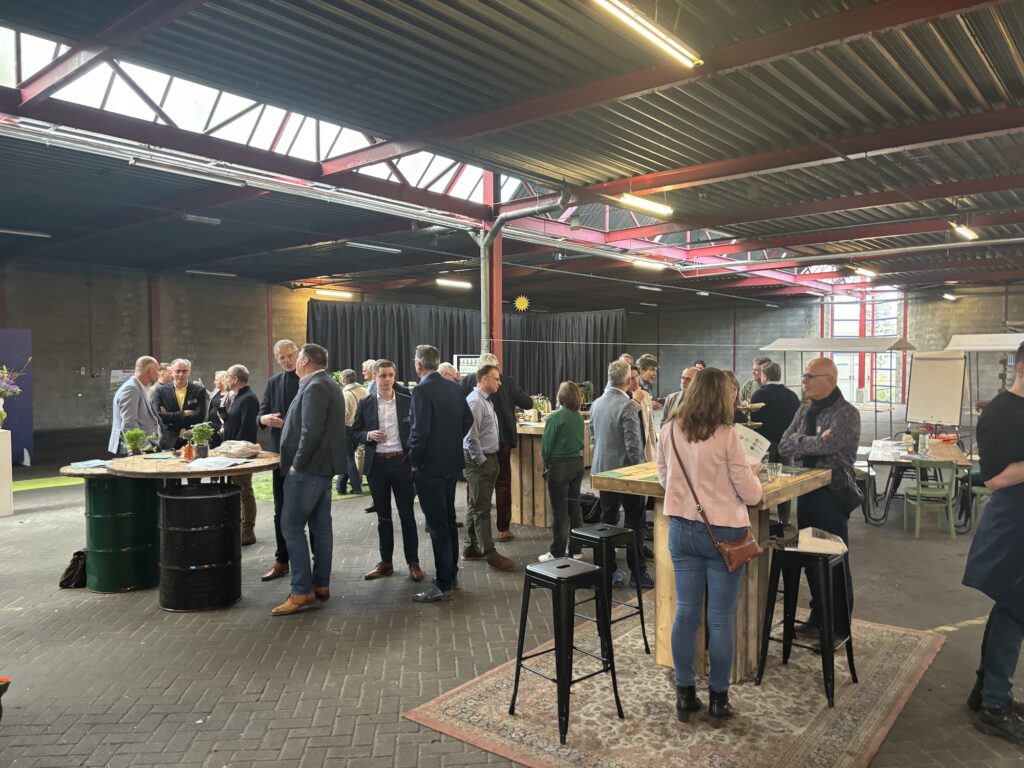PHA from sewage sludge is a good business case
Last Friday, we celebrated the closing of the PHA2USE project with the consortium partners at the Greenwise Campus Innovation Center. This project has contributed significantly to scaling up our technology and has shown that making PHA from sewage sludge is a good business case. Thank you to all the consortium partners, and special thanks to our keynote speaker, Merijn Tinga ~ Plastic Soup Surfer, for his inspiring speech.





The project led to positive results
Over the past four years, five water boards have worked with STOWA, HVC, and Paques Biomaterials to scale up a process to make a naturally biodegradable plastic substitute from organic waste streams such as sewage sludge. The plastic substitute has been tested for various applications and has proved successful (for agricultural applications and self-healing concrete). The material has good applicability where good biodegradability is valuable (environment, soil, water). The project led to positive results, which the parties will build further.
Over the past two years, a test plant at HVC in Dordrecht made Caleyda® from sewage sludge. This material was produced in sufficient quantities so that companies could test it as an alternative to plastic (e.g. growing pots for plants, self-healing concrete).
Differences in approach can sometimes create challenges
This plant came about thanks to a unique collaboration between companies, governments and researchers. Ronald Hopman, director of Municipalities and Water Boards at HVC, explains: ‘Differences in approach can sometimes create challenges. Companies often want quick results, while governments often work with a long-term vision. By making clear agreements on who does what and discussing everyone’s interests thoroughly, these differences did not become a problem. With a joint commitment to convert residual streams into valuable, circular material, important steps could be taken. Both the water boards and Paques Biomaterials contributed greatly to this.’
A new plant can be an example for all water boards
The PHA2USE project shows that the Caleyda® process is promising for water boards. It can be a good way to extract more value from sludge at wastewater treatment plants. This fits well with the water boards’ sustainability goals, says Bas Peeters, chairman of the PHA2USE steering group and board member of Waterschap De Dommel. ‘This project fits perfectly with our ambition to be climate-neutral by 2035 and fully circular by 2050,’ he says. ‘Now we turn part of the sludge into biogas. But by turning it into a plastic substitute, we ensure a truly circular process, and the sludge gets even more value. ‘According to Peeters, there is still work to be done. ‘We need to turn the foundation we have laid with this project into a concrete investment. A new plant can be an example for all water boards.’

